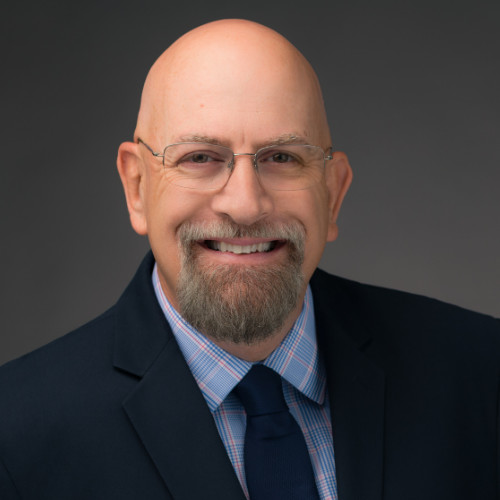Cybersecurity Resilience Roadmap with Gary Hayslip, Global CISO
Gary Hayslip, a Cyber Security Tribe Advisory Board Member, has established a reputation as a highly-skilled communicator, author, and keynote speaker. He is the Global CISO for SoftBank Investment Advisers & SoftBank Group International (SBIA), advising executive leadership on protecting critical information resources and overseeing enterprise cybersecurity strategy.

Hayslip has co-authored the CISO Desk Reference Guide: A Practical Guide for CISOs, volumes 1 -5, which enables CISOs to expand their business and leadership expertise. Previous executive roles include multiple CISO, CIO, Deputy Director of IT, and Chief Privacy Officer for the US Navy (active duty), the US Navy (Federal Government employee), the City of San Diego, California, and Webroot Software. Dr. Rebecca Wynn and Hayslip had a detailed discussion about effective team management in this episode of The Soulful CXO.
Episode highlights included:
- Keeping staff engaged and fostering professional growth
- Career progression management and holistic hiring
- How deep is the rabbit hole when stack ranking projects
One of the things that immediately stands out when listening to Hayslip and Dr. Wynn speak is that regardless of how long Hayslip has been doing this, how well-known he is, or how many people follow him, he doesn’t have a big ego (or he hides it well). Throughout the discussion, he frequently mentions getting his peers’ feedback, allowing other leaders to take over things that may have previously fallen under his role, ensuring complete visibility into what he’s doing, and getting other business leaders’ insights. It’s not only admirable, but it’s clear that it plays well into his success and the respect he earns.
Roadmap to Resiliency
Hayslip lays out how he builds his cybersecurity resiliency roadmap, which begins with getting a baseline. While continuous assessment is required, the first step is to know where they are, what they are doing well, and what they may need to do better. From there, he can create a list of issues that need to be addressed. Here’s one time he will speak with his peers in other departments to help him prioritize to align with the business needs.
Once that list of issues has been prioritized, he looks at his teams and technologies. What technologies do they have in place, and what skillsets do his team members have – not just tech skills but soft skills. Reviewing how people communicate with each other, working well as part of a team, and who may not hold those skills is another step for Hayslip.
When reviewing the list of issues, some may be project-based and, in that case, looking at what new technologies may be needed and if there’s a budget. Once again, staffing needs to be evaluated to determine if the current team will need training in new technologies or if additional hires are required. One example he references is that if he’s going to be very focused on IAM and data security, the current staff may be focused on traditional endpoint security; there. is the realization that you will need folks who understand that. Hayslip also notes that shifting more to the digital side and going more to the cloud as will require a change for the team. Again, this can be through training current teams, and bringing one or two in that have that knowledge to lead.
The next piece he’ll look at is which technologies can be decommissioned. Where can he consolidate? He mentions that there are vendors who previously had only one or two products who now have seven or eight and have or are building platforms. This paves the way for consolidation and reducing the number of individual technologies.
Lastly, he discusses the continual reassessment. He likes to do it in 12-month increments and chooses not to do it behind closed doors. He likes to have other departments involved to be visible so people know what’s being worked on. As well as how everything that is being done is going to impact the business.
Star Wars and Cybersecurity
They pack a lot of information into the 23-minute podcast – the takeaways are plentiful from how to support your teams’ professional growth to what skills and characteristics to look for in team members, having monthly security committee meetings, and much more.
Dr. Wynn wrapped it up as she does with almost every guest by asking Hayslip what he does to keep himself balanced. It’s hard to imagine where he finds the time to fit it all in, but he mentions:
Reading everything from science fiction to computers to politics and ethics
Writing (note the books he’s authored)
Lego Star Wars – if you even have a Zoom call with him, they are hard to miss
He enjoys time with his family and being outdoors, including raising roses
You can hear the full episode and all of Hayslip’s wisdom through the podcast platform of your choice:
Share this
You May Also Like
These Related Stories

Essential Insights for Those Becoming a Company’s First CISO

The CISO as an Accountable Leader


